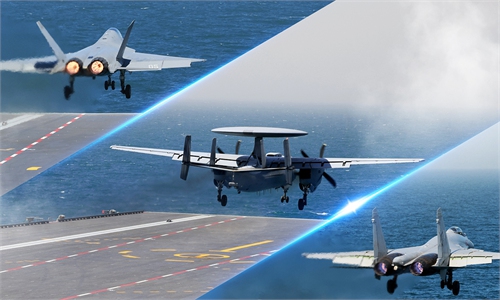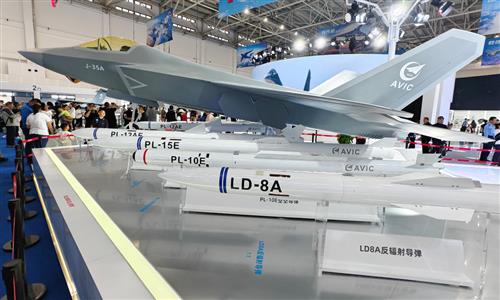Taking precautions Workers busy repairing the slope at Taman Eko Rimba, Jalan Ampang, Kuala Lumpur, to prevent any untoward incidents during the upcoming northeast monsoon. — ART CHEN/ The Star
Early warning systems, monitoring best defence for risky slopes, say department
PETALING JAYA: With more than 1,000 slopes nationwide flagged as high-risk ahead of the northeast monsoon, the Public Works Department (JKR) says round-the-clock monitoring and early-warning systems remain the country’s best defence against sudden collapses.
JKR director-general Datuk Roslan Ismail said although the prediction of the exact time and location of a slope collapse is still very difficult, the ministry monitors precursors at all times to ensure minimal damage.
He said that, despite advanced technologies, it is still not easy to solve all of Mother Nature’s failings.
ALSO READ: Avoid outdoor activities, public urged
The best the authorities can do is to treat the symptoms – the precursors such as rain and soil movement.
Roslan was responding to the recent announcement by Works Minister Datuk Seri Alexander Nanta Linggi that there are slopes nationwide that are classified as high-risk and on the verge of collapsing at any time.
He said that there are 1,066 high-risk slopes in Peninsular Malaysia, seven in Sabah, one in Sarawak, and 13 in Labuan.
ALSO READ: High anxiety and higher insurance costs living near hillslopes
“In Peninsular Malaysia, numerous very high-risk slopes that have been previously identified are situated along federal roads. A notable cluster of these high-risk sites has been observed on the East-West Highway.
“Current systems do not ‘precisely predict’ every collapse (of soil).
“What the system does is detect precursors (excessive rainfall, ground movement and pore pressure rises) and issue early-warning alerts when thresholds are exceeded.
“Research and JKR practices show early-warning systems and real-time monitoring reduce surprise failures and allow protective action.
ALSO READ: Monsoon transition brings storm risks
“Through the Slope Engineering Branch of JKR, we are equipped to address potential disasters by identifying slopes that may be unstable. The Slope Hazard and Risk Map (SHaRp) works in tandem with the Landslide Early Warning System (EWS) to achieve this.
“This Early Warning System uses telemetry technology to provide early alerts when the rainfall index measured by installed rain gauges exceeds the warning threshold. There are 73 rain gauge stations installed across Malaysia,” said Roslan.
Other sensors and thresholds used are the robotic total stations (RTS) and Global Navigation Satellite System (GNSS) at selected critical slopes to detect movement and rainfall thresholds that trigger alerts.
“These sensors provide data on thresholds, such as rainfall amounts and displacement, to the monitoring room. When these thresholds are met, BiGBen will issue warnings, and roads can then be closed,” explained Roslan.
But he said that JKR does not just wait for these thresholds to be reached.
“When a slope becomes imminently dangerous, operational measures such as pre-identified alternative routes, staged road closures, traffic diversions and coordination with emergency services will be activated immediately.
“If landslides or slope failures occur, clearing the road and removing debris (landslide remnants), implementing traffic management plans, providing temporary diversion and alternative routes, and protecting the collapsed slope with plastic tarpaulin sheets to prevent further landslides before permanent slope repair or restoration work is carried out,” said Roslan.
He said that, while slope failures are costly, the Works Ministry prioritises funding for repairs and prevention.
Roslan said that the ministry has also identified smaller sets for urgent repair for remedial work, which are specific projects with allocated budgets.
Despite the challenges in accurately predicting slope failures, Roslan emphasised that prevention remains a more cost-effective and safer approach.
“International and local studies show landslides produce large human and economic costs.
“Malaysia has experienced costly landslide events, with academic research highlighting the cumulative impact of these incidents over several decades.
“Investing in monitoring, preventive maintenance, and remediation reduces fatalities, disruptions and long-term economic losses compared with post-disaster repairs and emergency response.
“Prevention is certainly better than allowing slope failures to occur, as large-scale landslides may result in much higher repair costs compared to early-stage mitigation costs. However, the government is subject to budget approvals and has a high backlog of repair works that must be prioritised.
“Preventive maintenance and early works budgets (and improved monitoring coverage) reduce the need for larger emergency expenditures and the indirect economic costs from road closures and disrupted supply chains,” said Roslan -
Related stories:
- Avoid outdoor activities, public urged
- Monsoon transition brings storm risks
- High anxiety and higher insurance costs living near hillslopes






